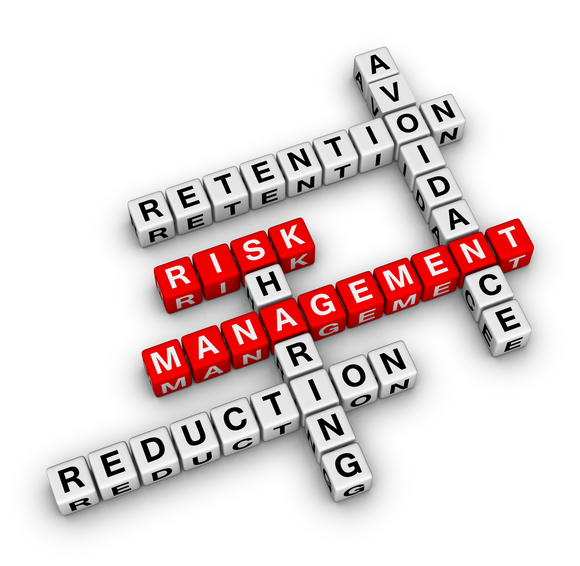Accounting
ESG Reporting: Meeting the Needs of Key Stakeholders
ESG has emerged as one of the top priorities for businesses worldwide as customers’, internal stakeholders’ and regulators’ demands continue to climb.
Sep. 12, 2023

By Michael Poveda, Partner, UHY LLP.
ESG has emerged as one of the top priorities for businesses worldwide as customers’, internal stakeholders’ and regulators’ demands continue to climb. “Doing the right thing” is no longer simply a reputation booster for businesses. Instead, having a robust set of ESG objectives and goals, alongside a scientific and evidence-based way to measure progress towards them, is becoming a fundamental expectation among the entire business community.
ESG reporting is truly at a watershed moment. With the SEC’s Climate Disclosure Rules set to make their long-awaited debut amidst a growing international regulatory landscape – headlined by guidance from the International Sustainability Standards Board (ISSB) and the European Union’s Corporate Sustainability Reporting Directive (CSRD) – the ESG demands that are being placed on businesses have never been higher. This is particularly true for middle market companies that up until recently have not faced nearly the same amount of ESG regulatory scrutiny that larger companies have.
With that, many middle market companies are grappling with the same question: how do we put an ESG reporting infrastructure in place to meet all of these new expectations? Fortunately, the middle market can begin doing this through two fundamental steps: identifying all of their organization’s key stakeholders and then designing a governance and reporting structure to meet the needs of each.
Determining Stakeholders and Materiality
ESG is likely causing corporate decision makers headaches and sleepless nights, but in the simplest terms, ESG is really just a framework for measuring and reporting an organization’s risks, opportunities, and governance practices in relation to sustainable business performance.
Thus, to drive ESG reporting success businesses need to begin with understanding exactly which stakeholders are demanding information – both financial and non-financial – on ESG factors. These stakeholders will likely include a mixture of:
- Investors
- Customers
- Governments
- Regulators
- Boards of Directors
- Employees
Each of these stakeholders will likely be looking for ESG information for their own very specific set of reasons. For example, ESG-related data may be useful for an investor who wants to analyze a company’s data around its energy management practices to forecast costs and assess risk in order to build a DCF (discounted cash flow) model.
In addition, that same company may have a customer that is demanding similar data to comply with its own energy management/supply chain reporting requirements that are mandated by its internal policies or external international regulation.
Picking a framework
After identifying its key stakeholders and determining materiality, the organization can establish the organization’s ESG reporting framework and the key performance indicators it should disclose. How will the organization choose to report its ESG activities? This can seem like an impossible task, with different standards to choose from, as well as the evolving domestic and international regulations. However, having already laid the groundwork in identifying target audiences, defining materiality, and building a strong ESG governance structure makes establishing a reporting framework a conquerable feat.
Key to this decision is understanding the difference between financial materiality and double materiality. The various sustainability reporting standards and frameworks apply different measures of materiality; some use financial materiality whereas others utilize double materiality. Therefore, an organization’s key stakeholders will drive what reporting standard, or combination of reporting standards, the organization should use:
- Financial materiality – This is a familiar concept that businesses use to in the context of reporting financial information. As it relates to sustainability reporting, financial materiality refers to sustainability-related matters that could present financial risks or opportunities to an organization. This concept of materiality has been adopted by the ISSB (and SASB) and the SEC in its proposed climate risk disclosure rule.
- Double materiality – The CSRD describes double materiality as the requirement to “report both on the impacts of the activities of the organization on people and the environment [impact materiality], and on how sustainability matters affect an organization [financial materiality].” This concept of materiality has been adopted by the CSRD and the Global Reporting Initiative (GRI), a widely accepted voluntary disclosure framework.
As you can see, double materiality encompasses both financial materiality and “impact materiality”; thereby expanding the scope of information beyond that necessary to satisfy users concerned with financial risks to information required to understand a company’s broader impact on people or the environment. Double materiality includes a broader group of stakeholders or users of sustainability information.
In summary, once an entity defines its stakeholders and materiality it can determine which sustainability reporting framework(s) to use. Middle market managers must also realize that materiality is dynamic; that is, materiality changes as a company’s operations, strategies, risks, and external environment change. Therefore, it is equally important for organizations to implement a process to monitor materiality on an ongoing basis.
Closing thoughts
With the volume of information coming their way around ESG compliance, businesses are right to feel a bit overwhelmed. However, by keeping this tentpole guidance in mind and building a strategic approach to meet the specifics of each, businesses will be able to not just build an effective ESG reporting framework but gain better visibility into their operations that can drive further business success.
